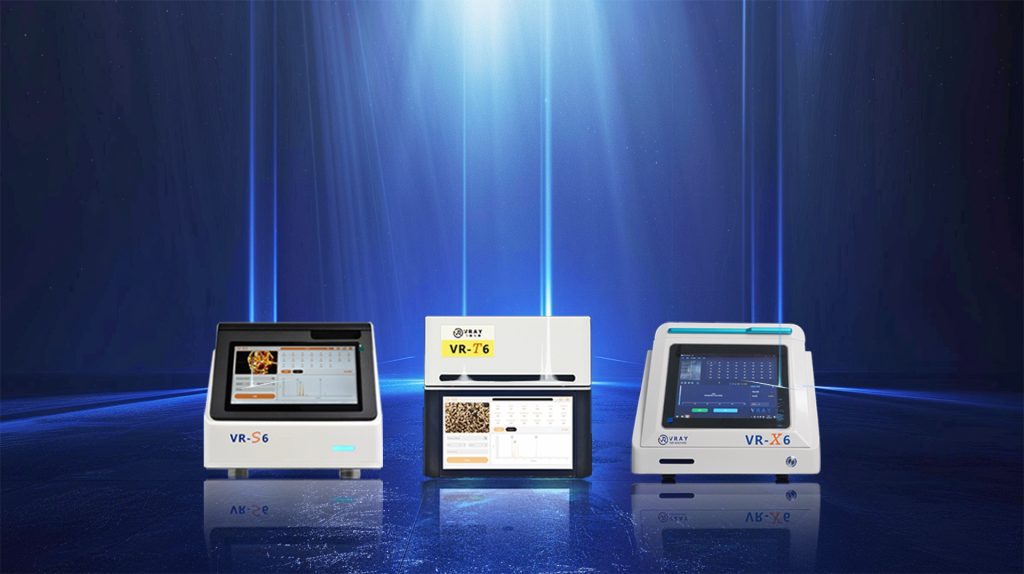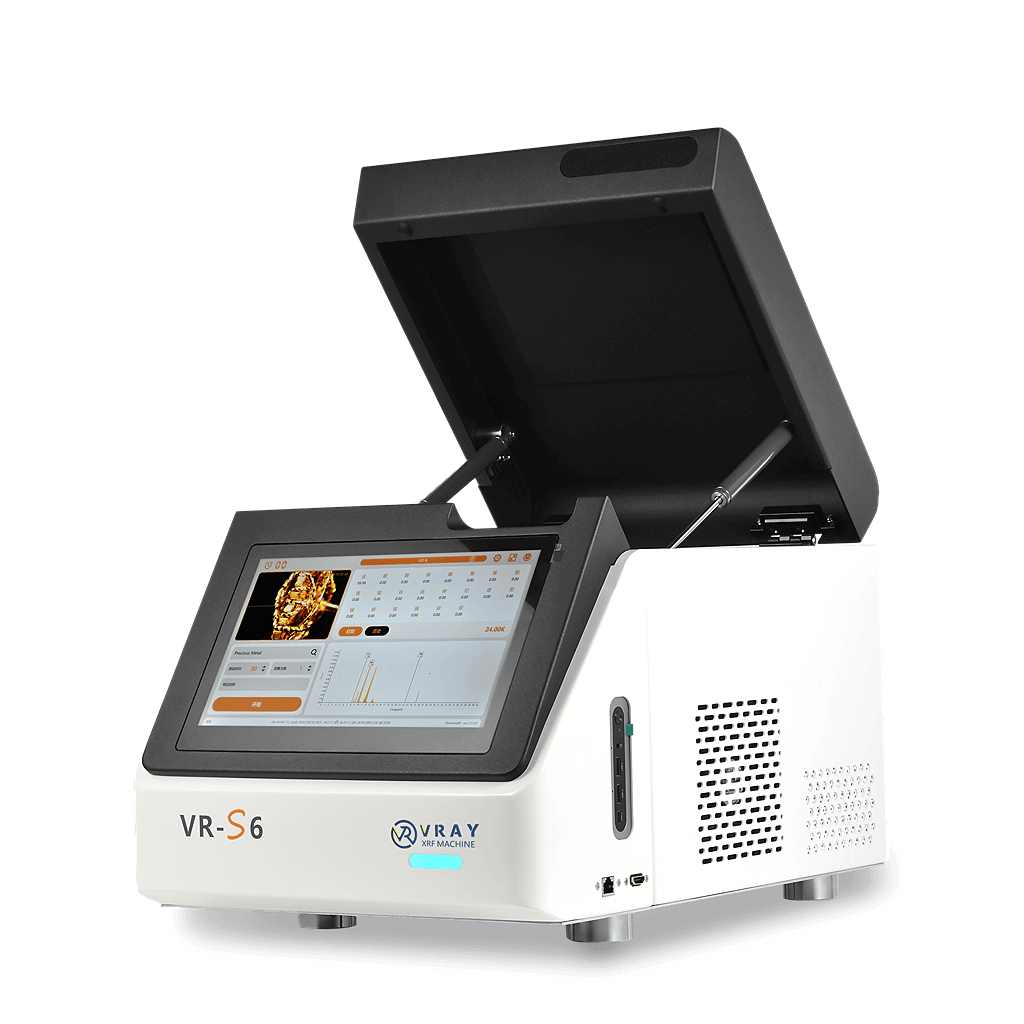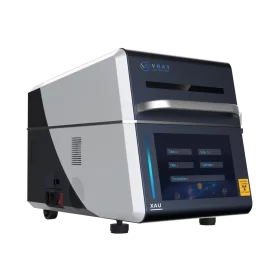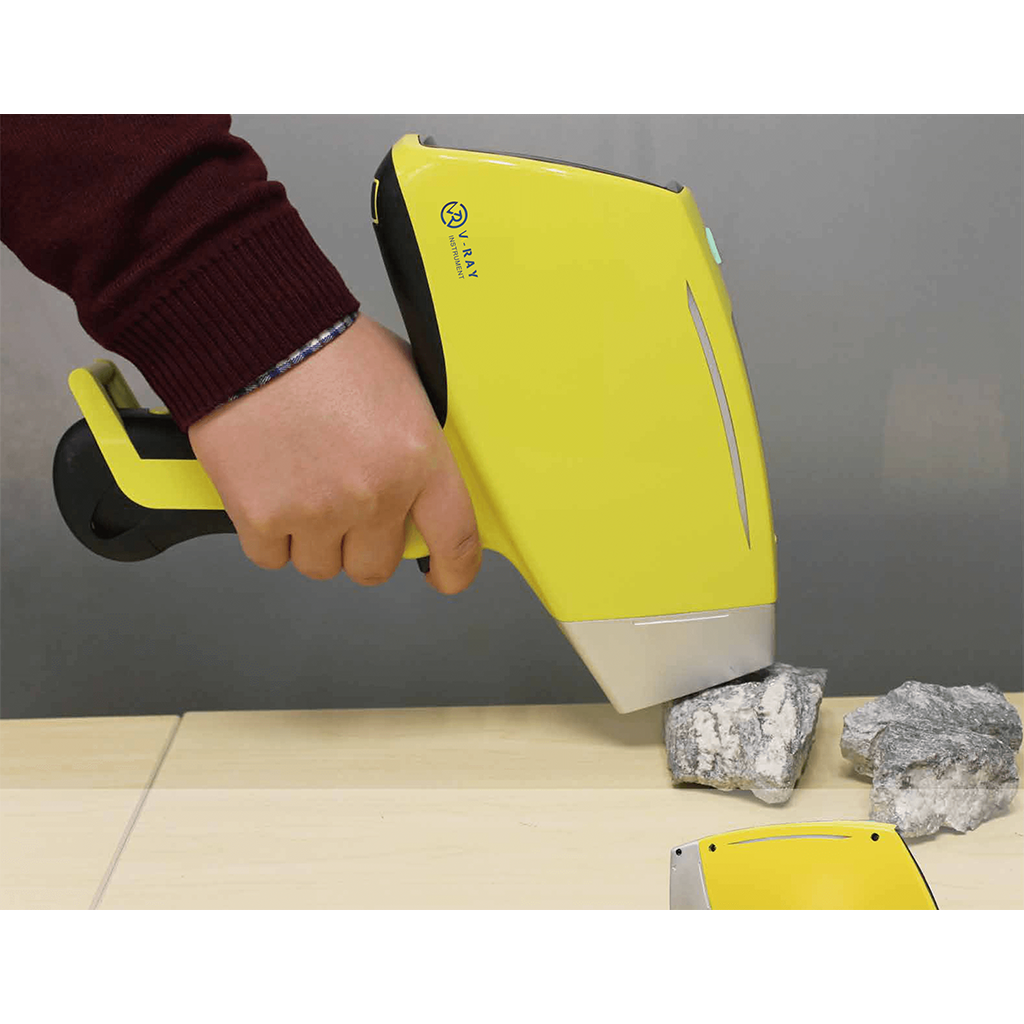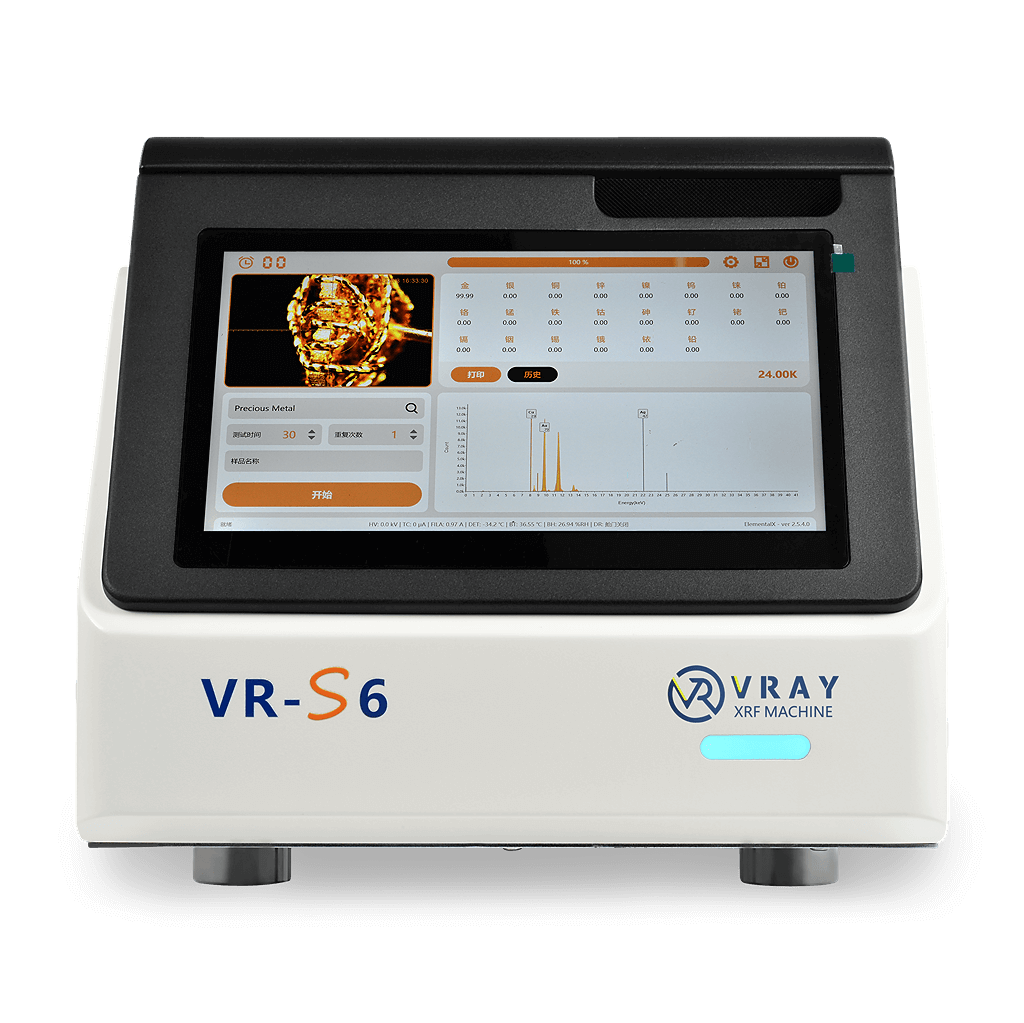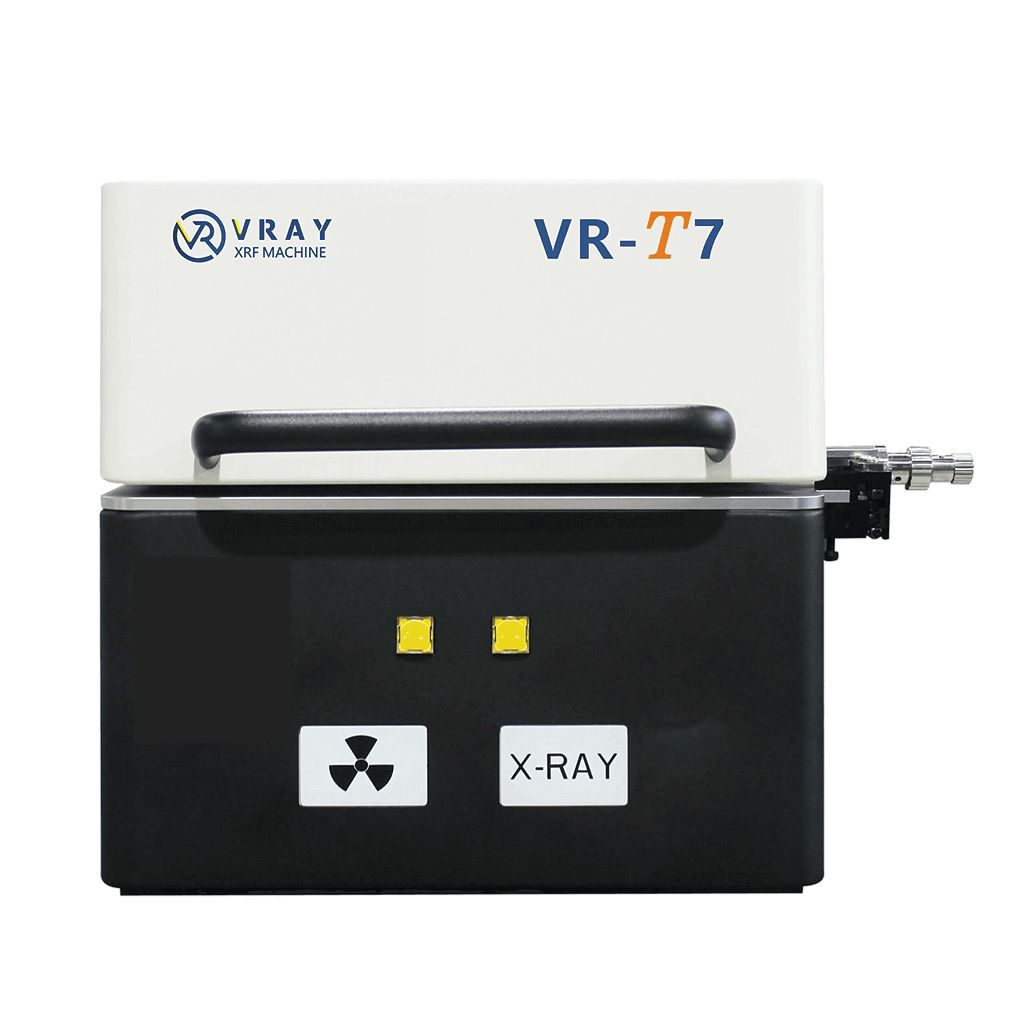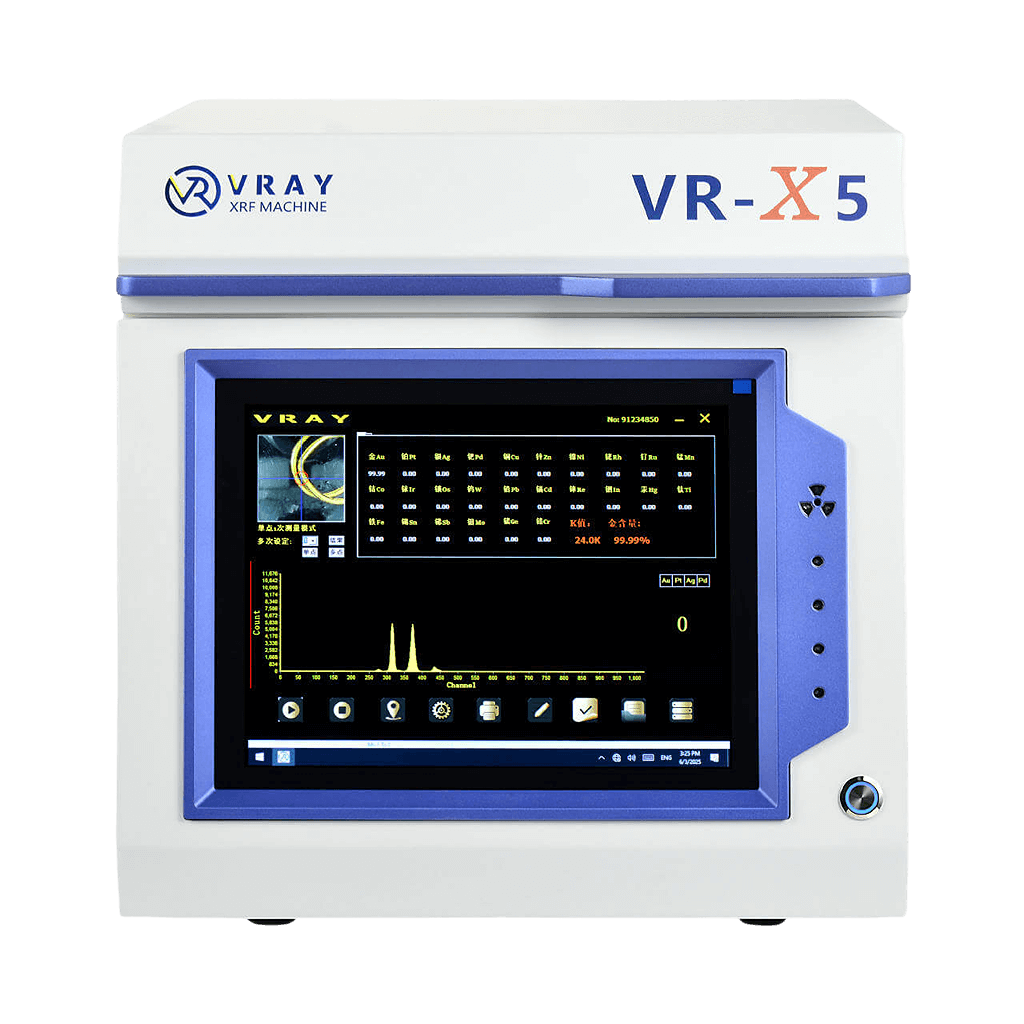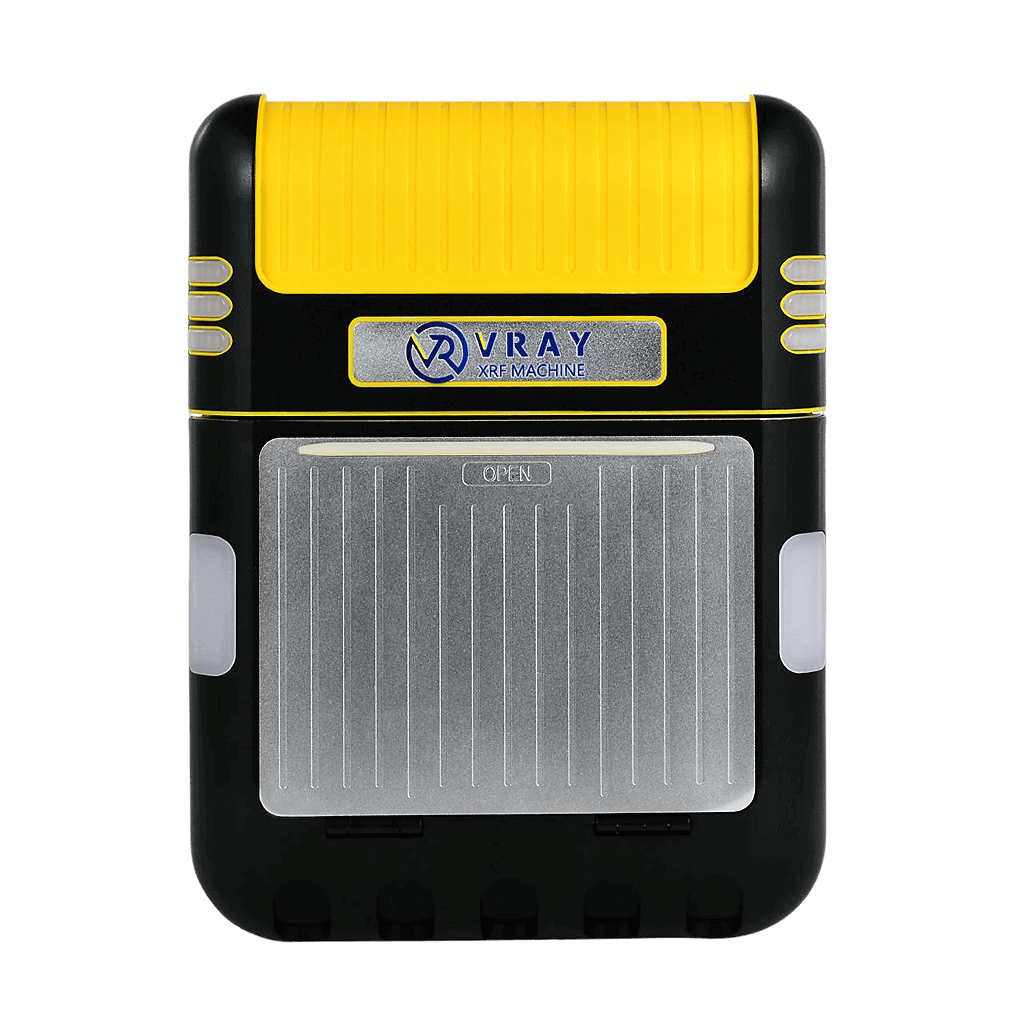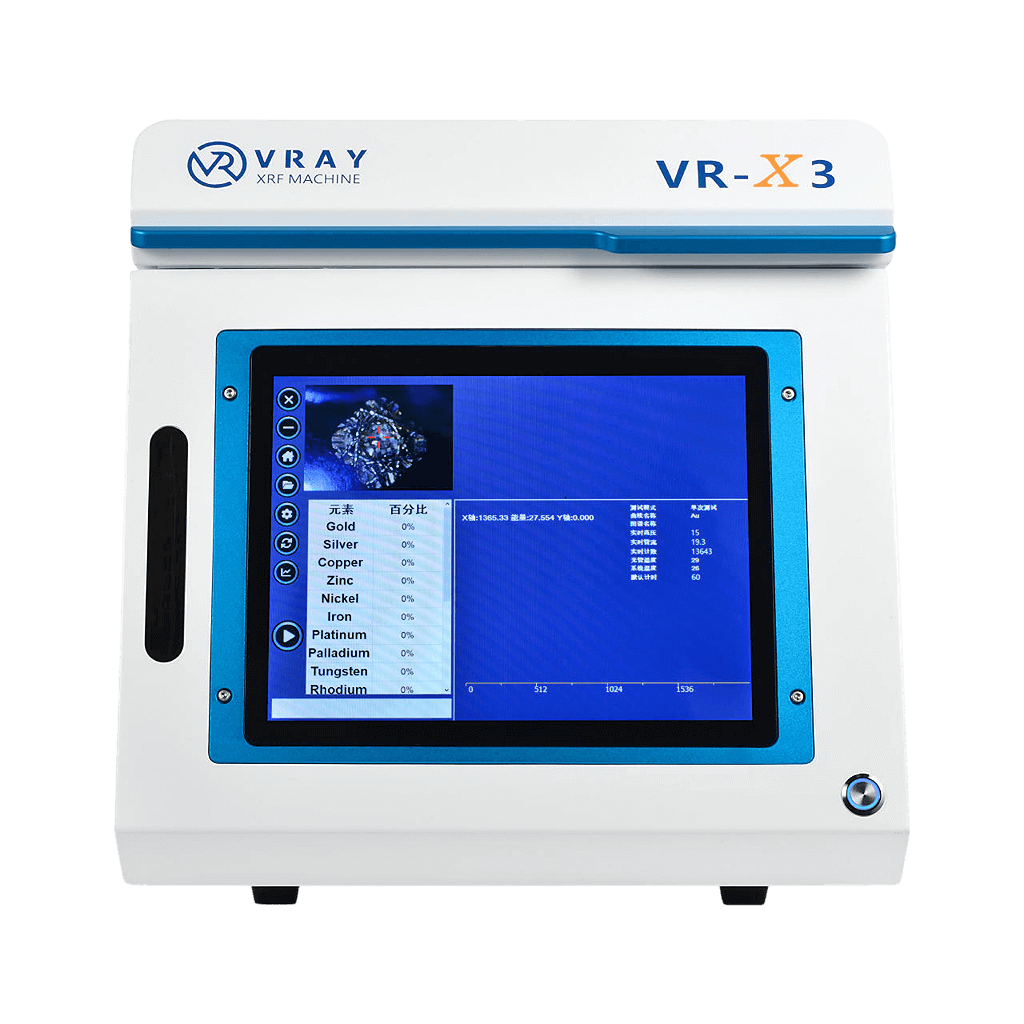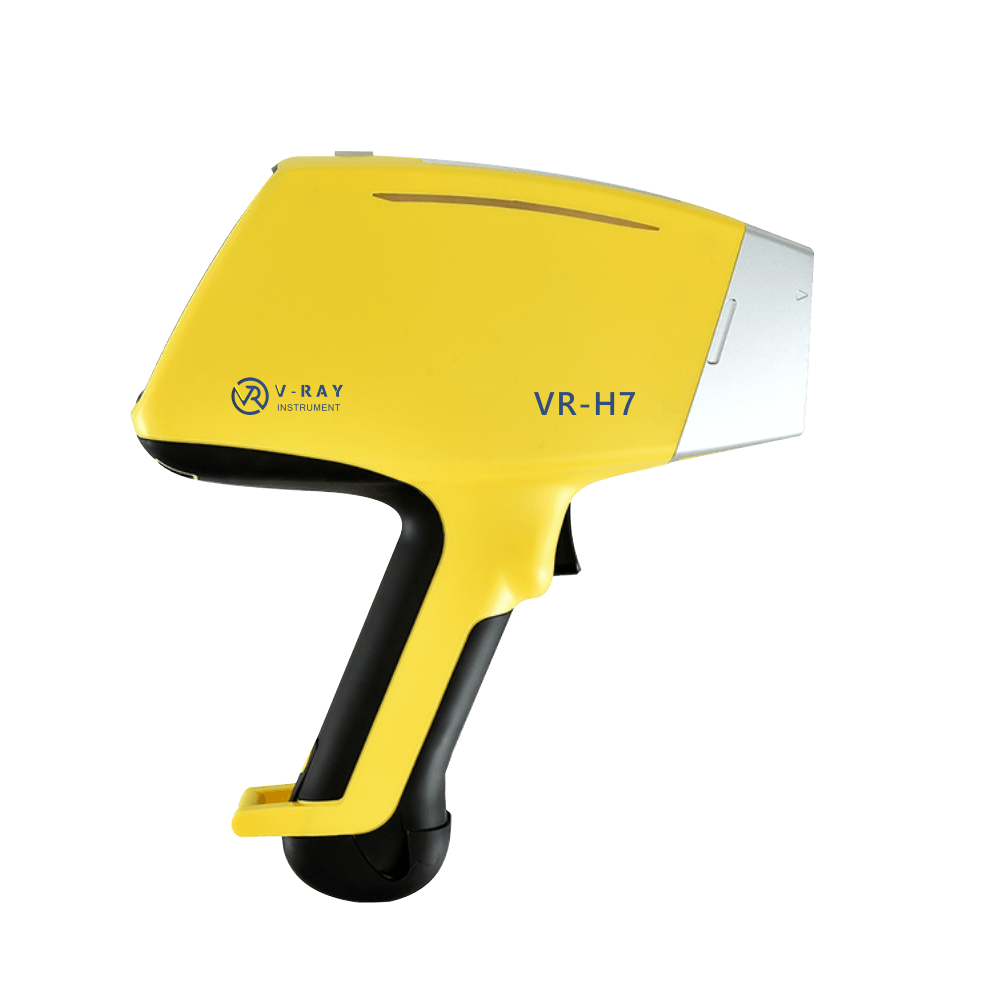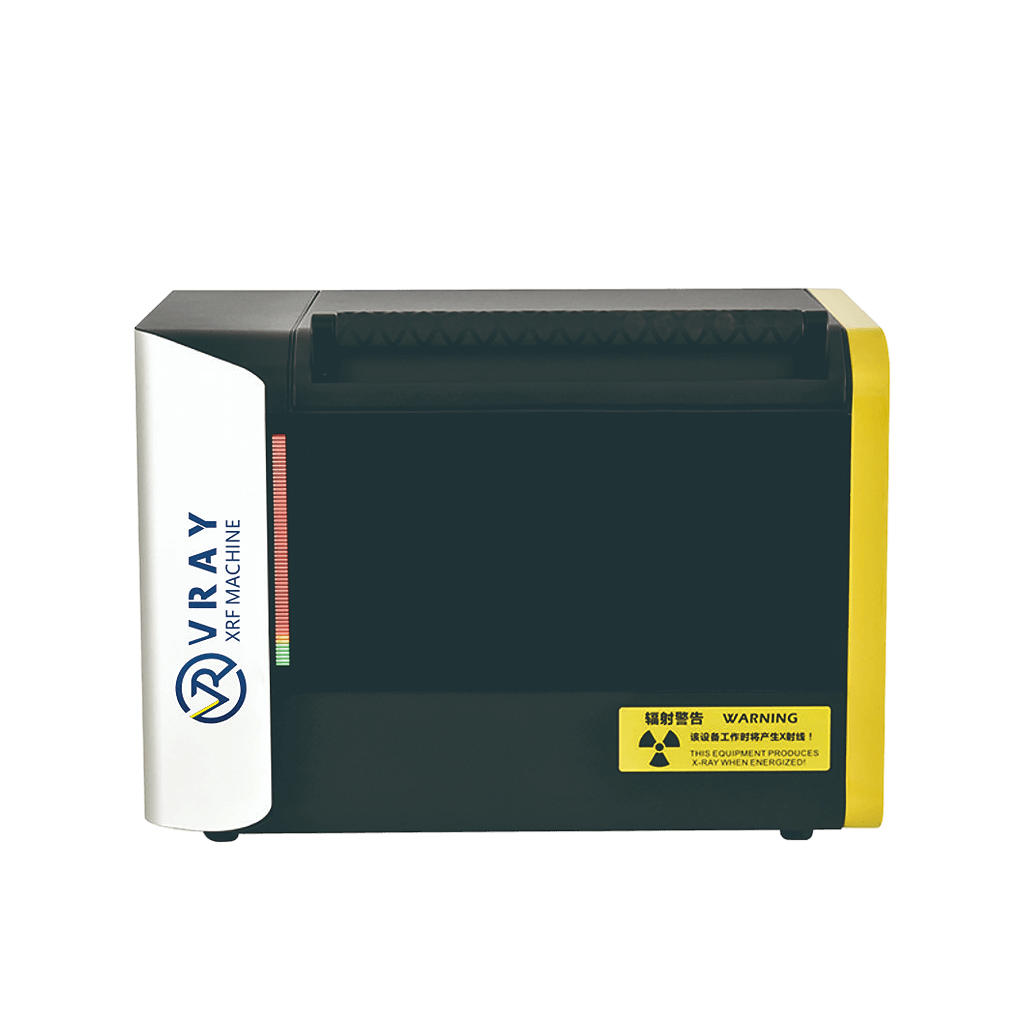Gold testing is an essential process in industries such as jewelry, mining, and precious metals trading. The need for accurate, reliable, and efficient gold analysis has led to the development of various methods, each with its strengths and weaknesses. Among these methods, X-ray fluorescence (XRF) technology stands out for its speed and non-destructive testing, while traditional methods like acid tests and fire assays have been around for centuries.
In this blog, we’ll compare XRF gold analyzers with traditional gold testing methods, weighing the pros and cons of each to help you understand which approach is best suited for different applications.
XRF Gold Analyzers: A Modern Approach to Gold Testing
X-ray fluorescence (XRF) gold analyzers use X-rays to determine the composition of a gold sample. When X-rays hit the sample, they cause the atoms to emit secondary (fluorescent) X-rays, which are characteristic of the elements present. The analyzer detects these X-rays and identifies the elements and their quantities in the sample, providing detailed results in just a few seconds.
Pros of XRF Gold Analyzers:
- Non-Destructive Testing
- One of the biggest advantages of XRF gold analyzers is that they do not damage the sample. This is particularly important in industries like jewelry or rare coin trading, where preserving the integrity of the piece is crucial.
- Speed and Efficiency
- XRF analyzers provide results within seconds, making them ideal for applications where fast decision-making is needed, such as precious metals trading or quality control in jewelry manufacturing. Models like the VR-T6 XRF Analyzer offer high-speed testing with minimal user input.
- Multi-Element Analysis
- XRF technology can analyze not only gold but also other metals and elements present in alloys. This makes XRF analyzers versatile tools for identifying the composition of items containing gold mixed with other metals such as silver, copper, or platinum. Devices like the VR-X5 XRF Analyzer can test up to 20 elements in a single run.
- Ease of Use
- XRF analyzers are designed for ease of use, often with touch-screen interfaces and minimal setup. They do not require highly specialized training, making them accessible for jewelers, pawnbrokers, and even individuals who need quick, accurate gold testing.
- Portability
- Handheld models like the VR-H5 XRF Analyzer allow for on-the-spot testing in various locations, such as markets, auctions, or mining sites. This mobility makes XRF a versatile tool for those who need to perform testing outside of a lab environment.
Cons of XRF Gold Analyzers:
- Upfront Cost
- XRF analyzers typically require a significant upfront investment, which may be prohibitive for small businesses or individuals. However, this cost is often offset by the efficiency, accuracy, and versatility of the machines.
- Limited Depth Penetration
- While XRF analyzers can detect elements on the surface of a sample, their ability to test deeper layers is limited. In cases where gold plating or thick coatings are present, the analysis might not reflect the true composition beneath the surface.
- Sensitivity to Light Elements
- XRF analyzers may struggle with detecting lighter elements such as hydrogen, carbon, or oxygen. This limitation is typically not an issue for gold testing, but it can be a drawback when analyzing other materials or contaminants.
Traditional Gold Testing Methods: Tried and True Approaches
Traditional gold testing methods have been used for centuries and remain relevant in certain contexts. The most common methods include the acid test and fire assay.
Acid Test
The acid test involves applying nitric acid to a small scratch made on the surface of the gold item. The reaction between the acid and the metal helps determine whether the item is genuine gold and what its karat level might be.
Pros of the Acid Test:
- Low Cost
- Acid testing kits are inexpensive and widely available, making them an accessible option for small businesses or individuals looking for a low-cost gold testing solution.
- Simple Process
- The acid test is easy to perform and provides a quick indication of whether an item is made of real gold or a counterfeit material.
Cons of the Acid Test:
- Destructive Nature
- Since the test requires scratching the surface of the gold item, it is not suitable for testing valuable or antique pieces where preserving the integrity of the object is essential.
- Limited Accuracy
- The acid test can only estimate the karat level of gold and may not always provide accurate results, especially when dealing with gold alloys or plated items.
Fire Assay
Fire assay is considered one of the most accurate methods for determining the exact composition of gold. It involves melting down the sample and chemically separating the gold from other materials.
Pros of the Fire Assay:
- High Accuracy
- Fire assay is known for its precision and is often used as the benchmark for gold purity testing. It can provide detailed information about the gold content of a sample.
- Suitable for Complex Alloys
- This method can accurately determine the composition of gold alloys, even when mixed with other metals, making it ideal for refining processes or complex materials.
Cons of the Fire Assay:
- Destructive Process
- Fire assay involves destroying the sample, making it unsuitable for testing valuable or irreplaceable items like jewelry or coins.
- Time-Consuming and Labor-Intensive
- The fire assay process can take several hours and requires skilled professionals to conduct the test. This makes it impractical for high-volume testing or quick evaluations.
Which Method Should You Choose?
Choosing between XRF gold analyzers and traditional methods depends largely on the specific needs of your business or application.
- If you need quick, non-destructive testing for jewelry, coins, or precious metal alloys, an XRF analyzer like the VR-T6 or VR-H5 is your best option. Its speed, accuracy, and versatility will make it a valuable tool for daily use.
- For the most accurate and detailed composition analysis, particularly in refining or legal contexts, traditional methods like fire assay remain the gold standard, despite their destructive and time-consuming nature.
Both XRF and traditional methods have their place in the world of gold testing, and in many cases, they complement each other. By understanding the pros and cons of each approach, you can make informed decisions about which method is best suited for your specific testing needs.
This comparison highlights the advantages of XRF analyzers, positioning them as a modern, efficient solution while acknowledging the role of traditional methods. It also ties in the VRAY products, offering insights into how these analyzers meet industry demands.
